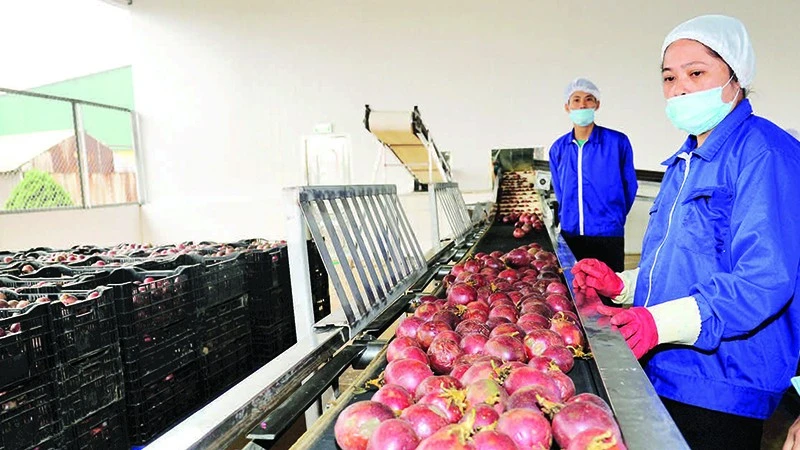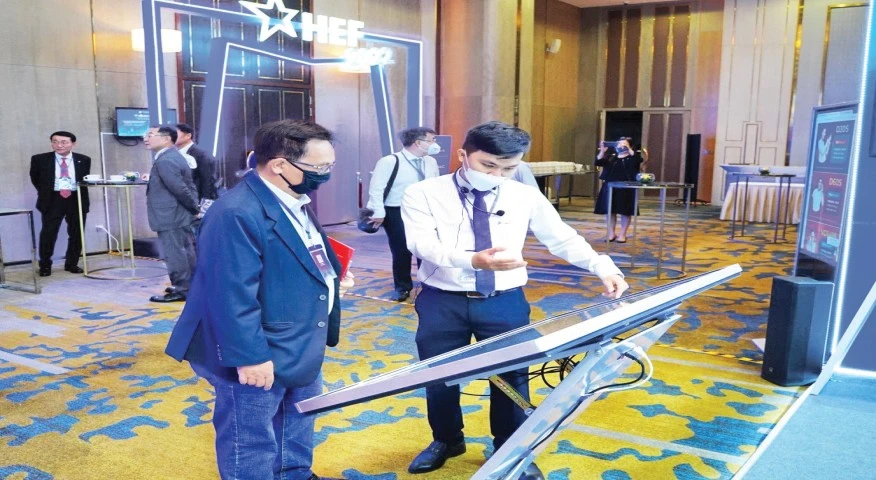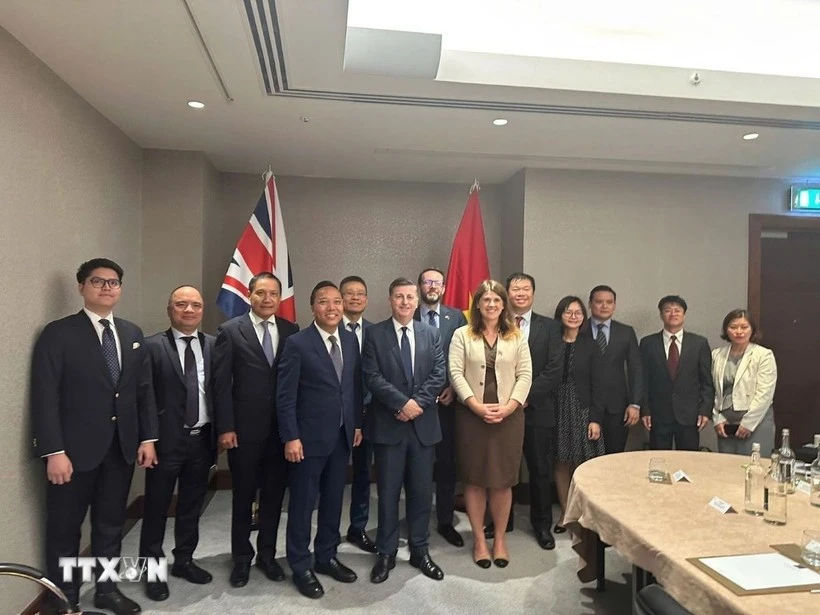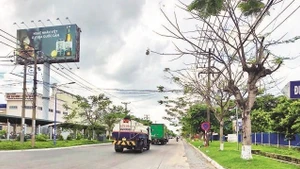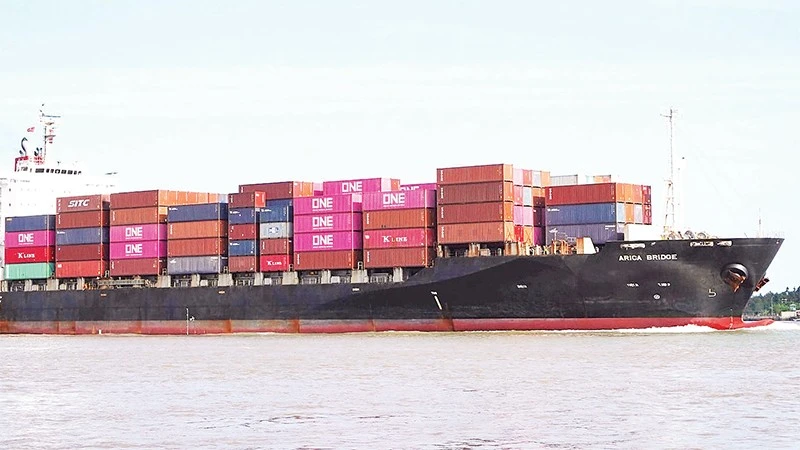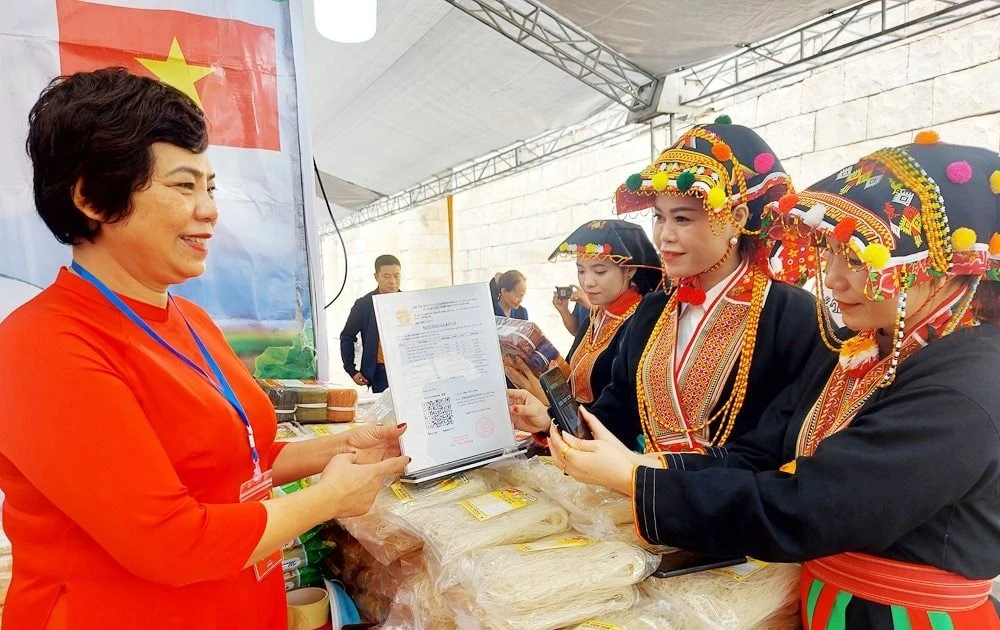Under this new framework, fintech solutions will be trialled in a controlled environment under the supervision of State management agencies. These include credit scoring services, data sharing via Open APIs, and peer-to-peer (P2P) lending platforms.
In recent years, Viet Nam’s fintech sector has seen rapid and robust growth in both the number and diversity of products, services, and investment capital. However, many of these models have operated without a clear legal precedent, posing risks to users, the broader financial system, and even ethical concerns in the absence of strict oversight. The launch of the Sandbox is therefore seen as establishing a flexible regulatory framework to foster innovation while maintaining necessary safeguards.
According to the decree, Fintech (Financial Technology) solutions may only be tested within Vietnamese territory—cross-border trials are prohibited. Each solution may be tested for a maximum of two years, depending on the specific domain and the time of certification issued by the State Bank of Viet Nam. Extensions may be granted in accordance with the decree.
Both credit institutions and foreign bank branches are eligible to apply for participation in the Sandbox. Vietnamese Fintech companies may also participate, provided they meet certain conditions: no foreign investment, a legal representative who is a Vietnamese citizen with at least two years of managerial experience in finance or banking, a domestic technology infrastructure that ensures security, backup capability, and must be technically tested prior to deployment. The decree also lays out detailed criteria for piloting P2P lending models. The State Bank of Viet Nam will monitor and assess the implementation of trial activities and the fintech solutions involved.
The sandbox mechanism can be likened to a “policy laboratory” where new digital banking models, innovative fintech products, and blockchain-based payment solutions can be tested in a flexible legal framework with regulatory oversight.
However, opportunity comes with challenges. The clear criteria set out in the decree mean that not all enterprises will qualify for sandbox entry. Selection will be based on rigorous standards related to innovation, application potential, and risk management capabilities.
Large banks with advanced digital infrastructures will likely hold an advantage in proposing experimental models. In contrast, smaller fintech firms will need to convincingly demonstrate their technological and compliance capabilities to avoid being excluded from the outset. In particular, the new mechanism requires participating entities to make clear commitments to user protection, data security, and incident management. This necessitates serious investment from both banks and fintech firms in technological infrastructure and risk governance, rather than pursuing innovation at any cost.
Ultimately, while the sandbox is intended to be flexible and responsive, it must not become a legal grey zone for regulatory evasion. Its effectiveness depends on strong oversight from a capable regulatory body that not only understands the technology but also upholds financial discipline.
The introduction of the Sandbox sends a strong signal that Viet Nam is ready to embrace the wave of financial innovation—proactively and under control. However, to ensure it stays on the safe track, close cooperation is essential between regulators, banks, fintech companies, and consumers.






